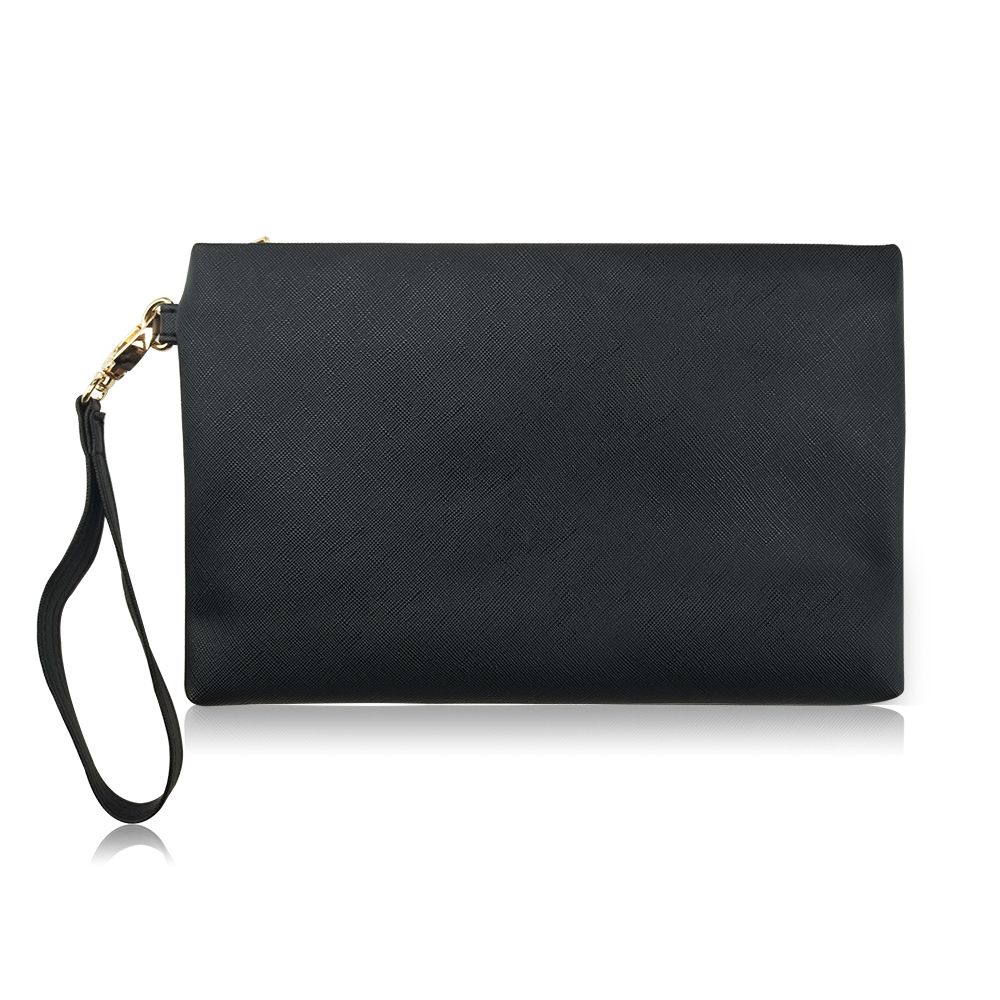Recently, the University of Tokyo in Japan has developed a flexible circuit that is only 1 / 5th the thickness of food wrap and lighter than feathers. This technology makes it possible for humans to implant electronic sensors into the body.
As one of the representative technologies of "additive manufacturing", printed electronics has emerged in recent years, becoming another brand-new concept that may completely change the future development of the electronics industry after 3D printing.
At the same time, unlike many of the old stories of "sucking people's nose", in the era of printed electronics, China is walking with the world.
"New Army" of additive manufacturing
"Print" electronic products or electronic components by printing newspapers and leaflets
Compared with traditional silicon-based electronics, the biggest feature of printed electronics is to apply the printing process to the manufacturing industry, combining printing with electronic technology.
"Simply put, this is a technique of 'printing' electronic products or electronic components by printing newspapers and leaflets." Cui Zheng, director of the Printing Electronic Technology Research Center of the Suzhou Nano Institute of the Chinese Academy of Sciences, told reporters that the circuit, sensor, Various devices including the display can be printed on the same substrate, with both lines and components in between, the two are integrated into one, and the performance is more stable.
Cui Zheng said that compared with the traditional process, printed electronic technology can save materials, and does not require photolithography corrosion, and has the characteristics of green environmental protection.
"Many people have done similar things before, but after putting them all together into printed electronics, the overall technology has been ordered and systematically upgraded, and it has been given a new connotation." Deputy of Printed Electronic Materials Research Center, Beijing Printing Institute Director Li Luhai said in an interview with reporters that "low cost" is the biggest advantage of printed electronics, because printing can achieve roll-to-roll, mass production, the process technology is relatively stable, and the process repeatability is good.
Song Yanlin, director of the Key Laboratory of Green Printing of the Institute of Chemistry, Chinese Academy of Sciences, believes that this printed electronics industry combined with nanotechnology can extend a very wide field, and may detonate a new technological revolution in the future.
The Chinese are not behind
Using inorganic nanomaterials in printed electronics, we already have our own advantages
The good news is that in the emerging field of printed electronics, the technical gap between home and abroad is not obvious.
The reporter learned in the interview that printed electronics are closely related to the development of nanomaterials and nanotechnology. In recent years, the application of inorganic nanomaterials in the field of printed electronics has always been the top priority of domestic printed electronics technology research.
Song Yanlin told reporters that the number of SCI papers published by China's nanoscience and technology has ranked first in the world, and a number of world-leading and even leading research results have appeared in the research and application of nanomaterials.
"It is only in recent years that foreign countries have begun to apply inorganic nanomaterials to printed electronics on a large scale. In this respect, we already have our own advantages." Cui Zheng said.
Cui Zheng further pointed out that in the separation of carbon nanotubes, inkization, and the manufacture of printed thin film transistors, the indicators used by his team are consistent with those used abroad, and the industrialization of flexible transparent conductive films is even more than foreign it is good.
However, in Cui Zheng's view, if the current industrial scale and policy dilemma cannot be effectively improved, the domestic printed electronics industry is likely to be overshadowed in the future.
Policy guidance needs to be followed up in a timely manner
At present, there are no national-level research institutions, and the overall layout is still far behind that of developed countries.
However, in Cui Zheng's view, although China's printed electronics technology level has reached a certain height, due to the lack of national-level policy support, there has not yet formed a climate of large-scale research and development. China's printed electronic technology is still in the "nameless" position internationally.
To this end, he believes that the country's policy orientation is very important. Only when a clear policy is issued, can everyone have the confidence to invest and the development of this industry can be faster.
Li Luhai told reporters that many countries have established national-level printed electronics engineering technology research centers or institutions, and they can feel the importance they attach to printed electronics.
"However, so far, no national-level research institutions have appeared in China, and there is still a gap with foreign countries in this respect." Li Luhai said.
Many experts are gratified that some scientific research institutions such as the Chinese Academy of Sciences have begun to support printed electronics sporadically. However, due to the lack of a system, the support from abroad is still far from being achieved.
"We still have a gap with the developed countries in the overall layout. In the future, we need to systematically consider and plan the layout of basic research, application development, and industrial breakthroughs from the perspective of industrial development." Song Yanlin said.
"This requires joint efforts from various parties to formulate a systematic development strategy and form a framework similar to the development of the EU. Revolve around this." Li Luhai believes that once this precious parallel opportunity is missed, it is difficult to catch up.
This category is about Makeup Bags, mainly including Zippered Makeup Brush Pouch and Makeup Brush Holder Storage Cup. Both the two styles of Makeup Bag can be closed to protect your brushes and keep them clean, and each Makeup Pouch can hold more than 10 pieces Makeup Brushes. They are a good choice for you to store your brushes at home or to carry with for travel or going out.


Makeup Bags
Makeup Brush Bag,Makeup Bags,Cosmetic Bag,Makeup Box
SHENZHEN MERRYNICE COSMETICS CO., LTD / MERRYNICE COSMETICS USA GROUP , https://www.merrynice.com